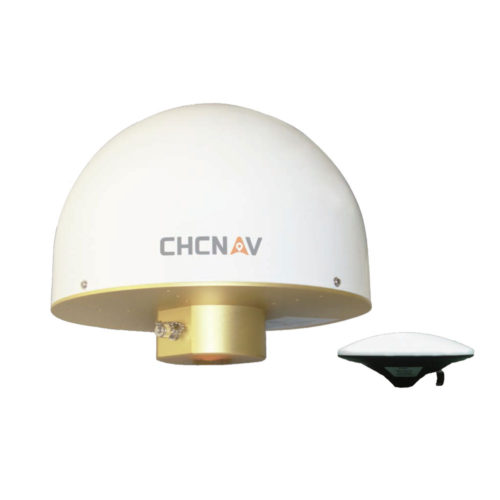Showing all 2 results
GNSS, or Global Navigation Satellite System, refers to a network of satellites that provide positioning, navigation, and timing (PNT) services to users worldwide. The most well-known GNSS systems include the United States’ GPS (Global Positioning System), Russia’s GLONASS, the European Union’s Galileo, China’s BeiDou, and India’s NAVIC.
The infrastructure of a GNSS typically consists of the following components:
- Satellites: These are the core elements of the GNSS infrastructure. They orbit the Earth and continuously transmit signals that allow users to determine their position accurately.
- Ground Control Stations: These stations are responsible for monitoring and controlling the satellites in orbit. They ensure that the satellites are functioning correctly and transmitting accurate signals.
- Monitoring Stations: These stations are distributed around the world and are used to monitor the signals transmitted by the satellites. They help detect any errors or anomalies in the signals and ensure the overall integrity of the system.
- User Equipment: This includes devices such as smartphones, navigation systems, and other receivers that utilize the signals transmitted by the satellites to determine their position accurately.
- Augmentation Systems: Augmentation systems provide additional information or corrections to improve the accuracy and reliability of the GNSS signals. These systems can include ground-based stations, satellite-based augmentation systems (SBAS), and differential GPS (DGPS) networks.
- Signal Processing and Algorithms: Sophisticated algorithms are employed to process the signals received from multiple satellites and calculate the user’s position accurately. These algorithms also account for factors such as signal propagation delays, atmospheric effects, and satellite orbit dynamics.
- Standards and Regulations: GNSS systems are governed by international standards and regulations to ensure interoperability, compatibility, and the overall reliability of the systems. Organizations such as the International Civil Aviation Organization (ICAO) and the International Telecommunication Union (ITU) play crucial roles in establishing and maintaining these standards.
Overall, the GNSS infrastructure is a complex and interconnected network of satellites, ground stations, user equipment, and supporting technologies that work together to provide precise positioning, navigation, and timing services to users worldwide.
Buy GNSS Infrastructure products in Uzbekistan, in Tashkent




